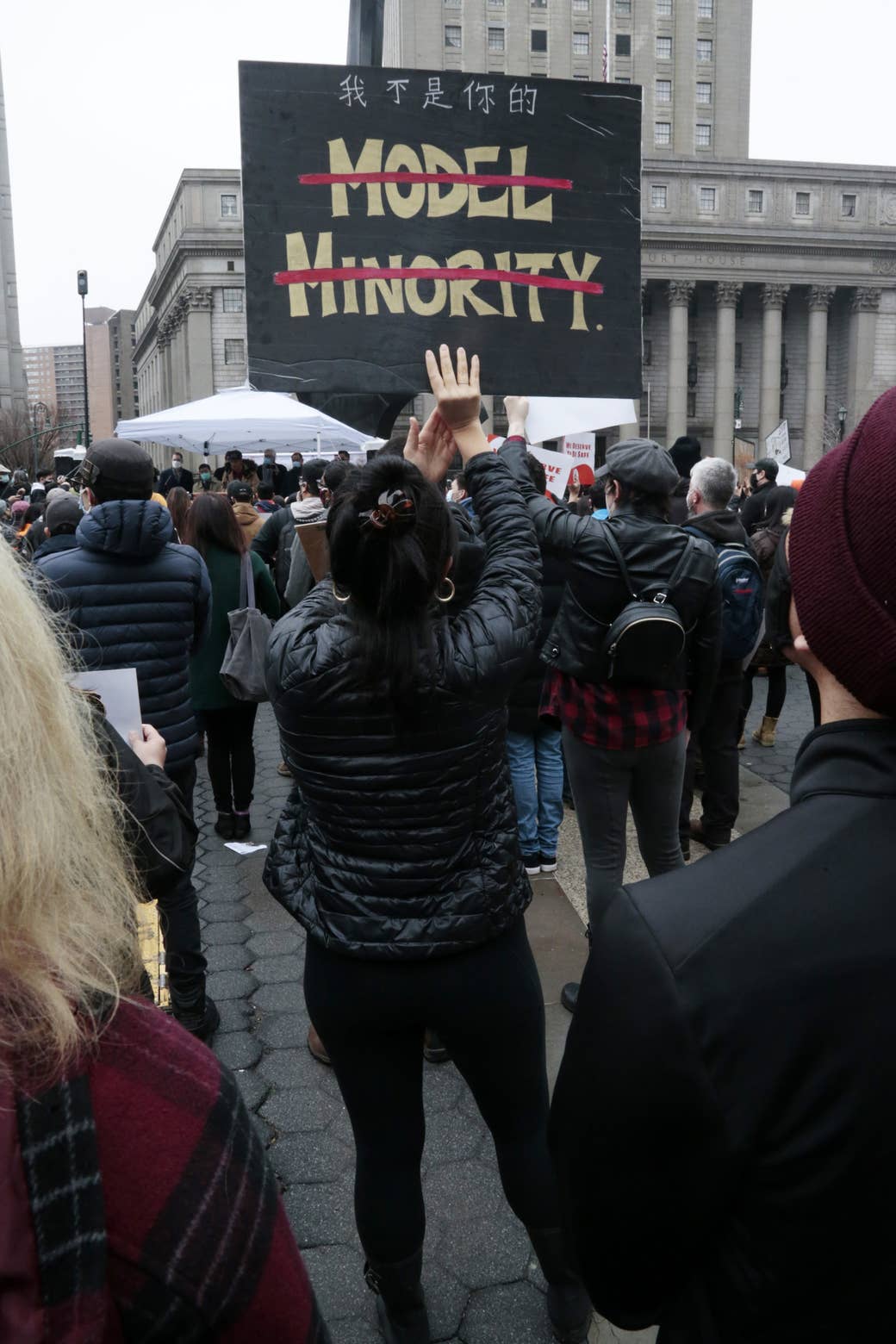Burma
Two More Including 16-Year-Old Boy Killed as Myanmar Regime Continues Crackdowns
The security forces who took part in a crackdown on anti-regime protesters in Karen State's Hpa-an on Thursday morning.
By THE IRRAWADDY 25 March 2021
Two more people were killed and several injured in four locations on Wednesday night and Thursday morning as Myanmar’s security forces continued their brutal raids.
The protest-related death toll since the Feb. 1 coup stood at 262 as of Wednesday.
On Wednesday night, police and soldiers opened fire indiscriminately as they raided Aung Pin Lae ward in Mandalay’s Chanmythazi Township.
During the raid, a 16-year-old boy was reportedly killed and three people were injured when regime forces started shooting.
A Mandalay-based charity group told The Irrawaddy it had been unable to retrieve the body of the slain boy or assist the injured, as police and troops opened fire on ambulances on Wednesday night.
Since a confrontation in the area between the regime’s security forces and anti-regime protesters on March 21, police and soldiers have conducted a series of deadly raids targeting not only protesters but also bystanders, pedestrians and residents in Aung Pin Lae, Aung Tharyar and Mya Yi Nandar wards.
The raids have claimed the lives of more than 20 people, including three children aged 6, 15 and 16.
Meanwhile, in Mandalay Region’s Kaukpadaung Township, a 23-year-old man was shot dead and three people were injured at 9 p.m. on Wednesday night during a deadly crackdown by security forces against a nighttime anti-regime protest.
On Thursday morning, several people were injured as security forces opened fire on anti-regime protesters in Shan State’s capital Taunggyi and in the Karen State capital, Hpa-an.
Despite the daily deadly crackdowns, tens of thousands of people across Myanmar continue to take to the streets day and night to show their defiance of military rule.
Myanmar Protest Death Toll Climbs As Regime’s Troops Keep Shooting
Topics: Aung Pin Lae, bystanders, Children, Coup, crackdown, death toll, deaths, injured, killed, Military, Police, protesters, raids, regime, security forces, shootings, soldiers, ward
By THE IRRAWADDY 25 March 2021
Two more people were killed and several injured in four locations on Wednesday night and Thursday morning as Myanmar’s security forces continued their brutal raids.
The protest-related death toll since the Feb. 1 coup stood at 262 as of Wednesday.
On Wednesday night, police and soldiers opened fire indiscriminately as they raided Aung Pin Lae ward in Mandalay’s Chanmythazi Township.
During the raid, a 16-year-old boy was reportedly killed and three people were injured when regime forces started shooting.
A Mandalay-based charity group told The Irrawaddy it had been unable to retrieve the body of the slain boy or assist the injured, as police and troops opened fire on ambulances on Wednesday night.
Since a confrontation in the area between the regime’s security forces and anti-regime protesters on March 21, police and soldiers have conducted a series of deadly raids targeting not only protesters but also bystanders, pedestrians and residents in Aung Pin Lae, Aung Tharyar and Mya Yi Nandar wards.
The raids have claimed the lives of more than 20 people, including three children aged 6, 15 and 16.
Meanwhile, in Mandalay Region’s Kaukpadaung Township, a 23-year-old man was shot dead and three people were injured at 9 p.m. on Wednesday night during a deadly crackdown by security forces against a nighttime anti-regime protest.
On Thursday morning, several people were injured as security forces opened fire on anti-regime protesters in Shan State’s capital Taunggyi and in the Karen State capital, Hpa-an.
Despite the daily deadly crackdowns, tens of thousands of people across Myanmar continue to take to the streets day and night to show their defiance of military rule.
Myanmar Protest Death Toll Climbs As Regime’s Troops Keep Shooting
Topics: Aung Pin Lae, bystanders, Children, Coup, crackdown, death toll, deaths, injured, killed, Military, Police, protesters, raids, regime, security forces, shootings, soldiers, ward



















